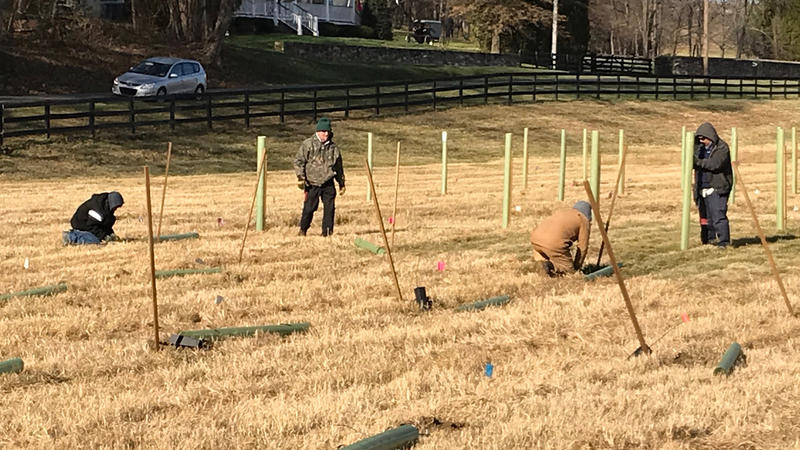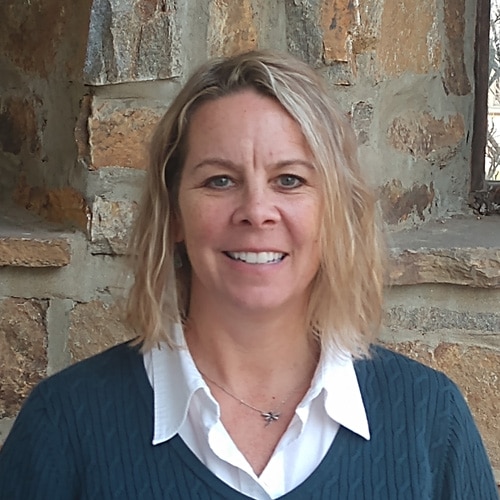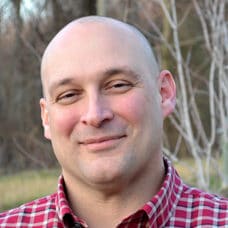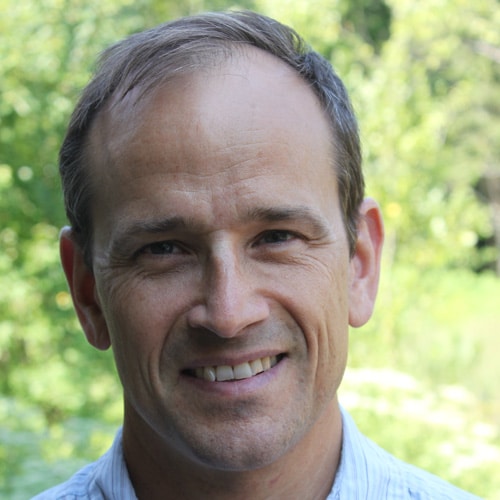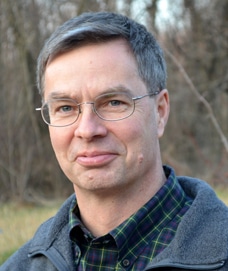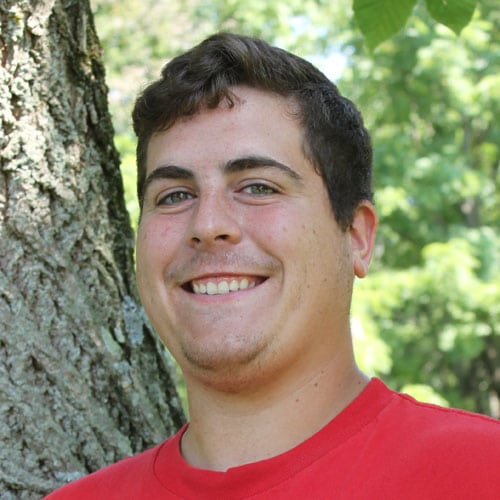Interested in streamside buffers or soil health practices for your property? Please tell us about your interest here.
Watershed Restoration: A Shared Public and Private Investment
Stroud Water Research Center works hand in hand with landowners, helping them use their land more effectively through whole-farm planning and watershed stewardship.
Our expert team sets up the collaborations and partnerships necessary to achieve the highest level of freshwater conservation. The Stroud Center and many partner groups and agencies have secured over $20 million dollars through USDA’s Resource Conservation Partnership Program to support agriculture conservation and restoration projects on farms in the Delaware and Chesapeake Bay watersheds.
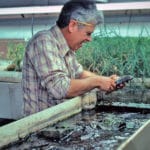
The Robin L. Vannote Watershed Restoration Program is named for Robin Vannote, Ph.D., a research scientist and the Stroud Center’s first director. Under Vannote’s leadership, the Stroud Center evolved from a dream to an institution at the forefront of freshwater research. The Stroud Center has benefited enormously from Vannote’s hard work, keen insight, and long-term scientific vision since 1966, and the naming of the Watershed Restoration Program is a fitting tribute.
Quick Links
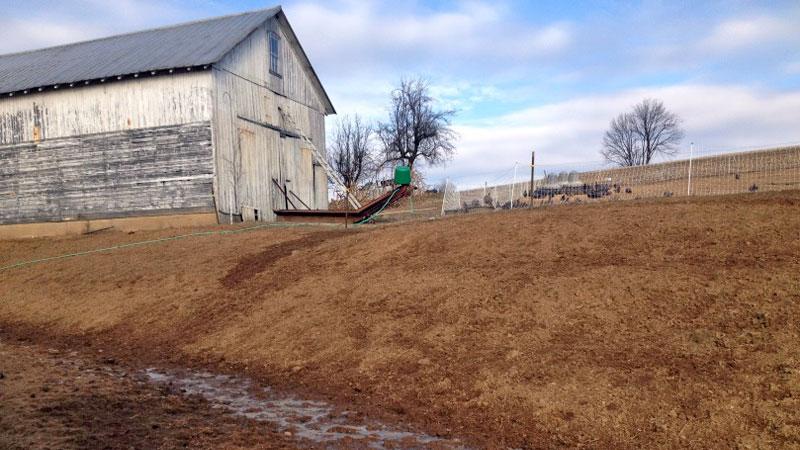
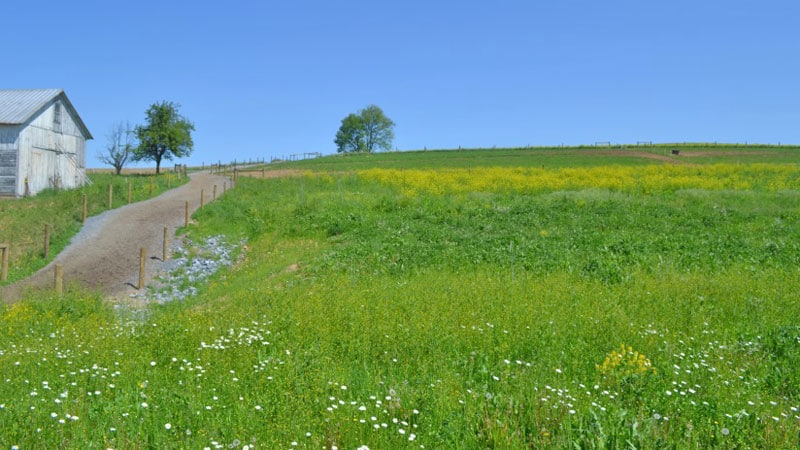
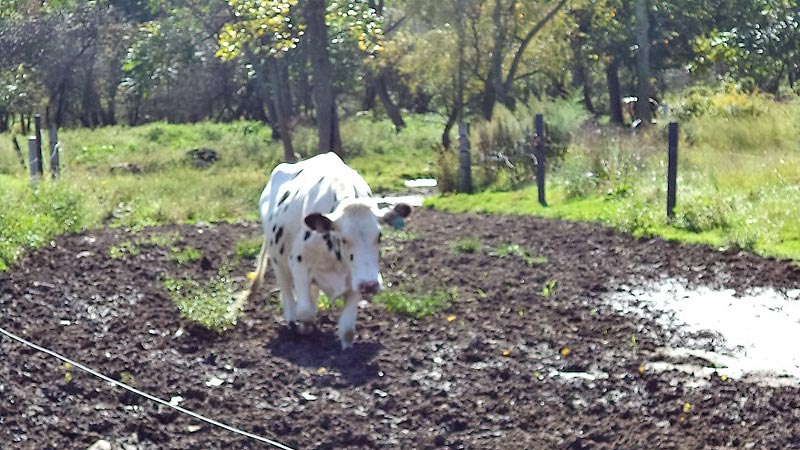
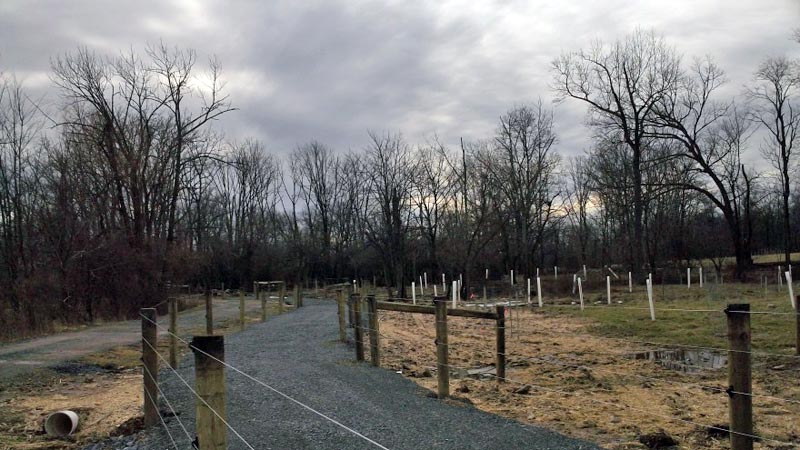
Watershed Restoration Staff
Watershed Restoration News
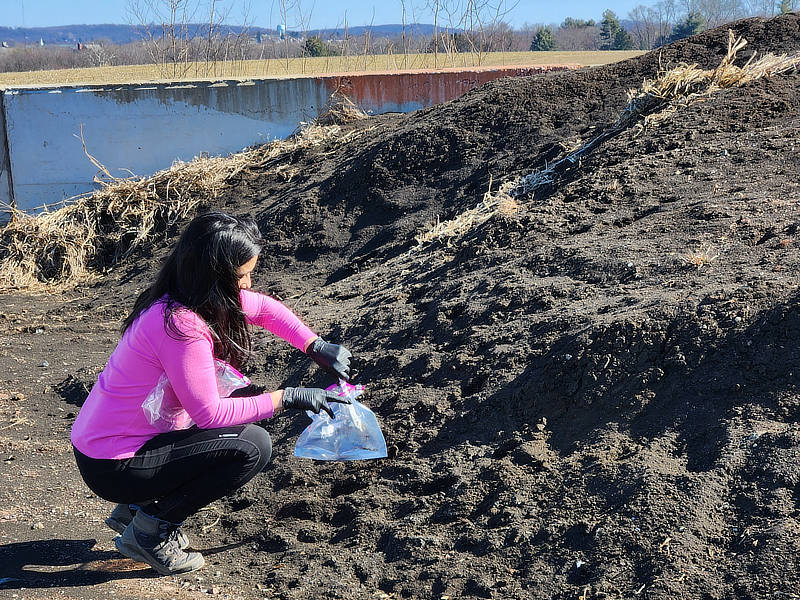
Study Points to Farmland as Possible Source of PFAS in Fish
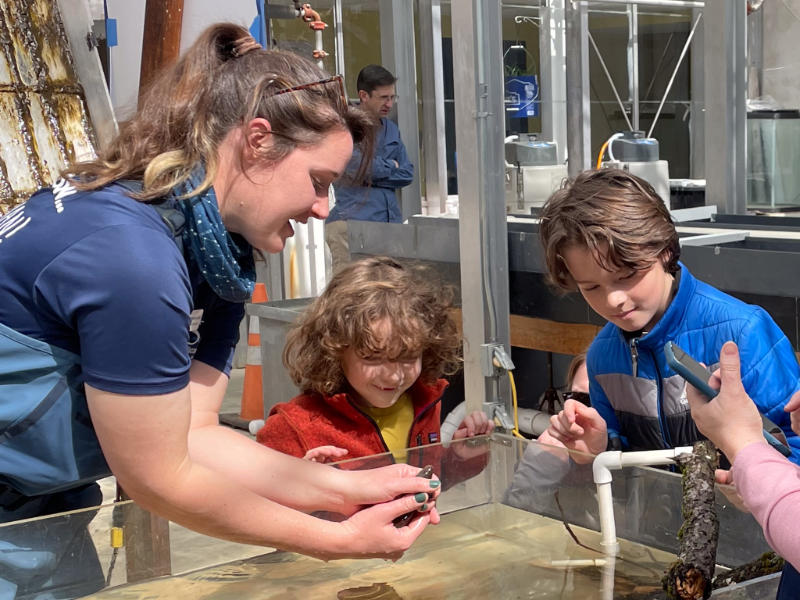
Wild World Water Day!
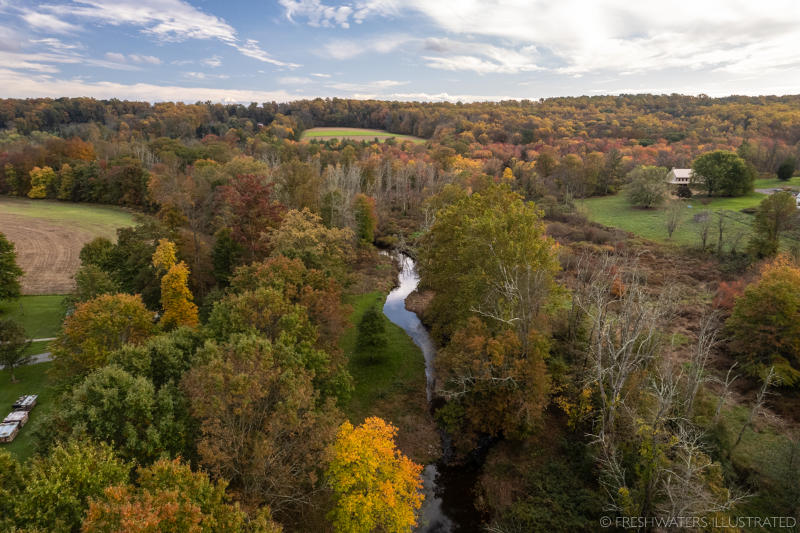
The Other Half of Forested Buffers: Stream Ecology and the Role of Forests
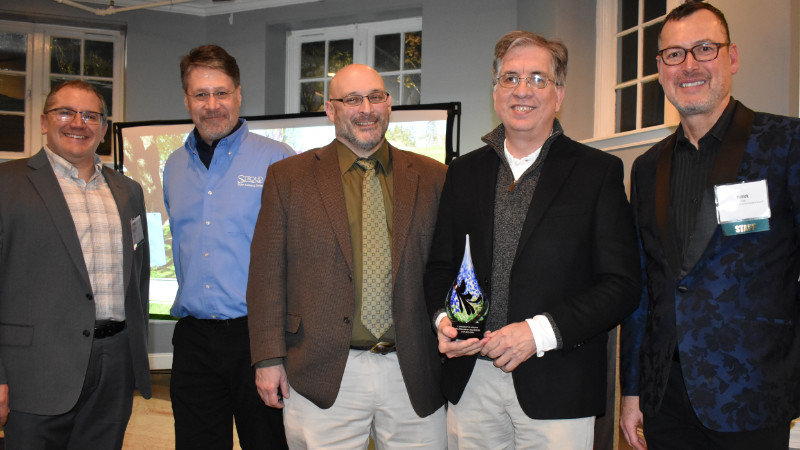
Stroud Center Named Watershed Champion by Philly–Area Collaborative
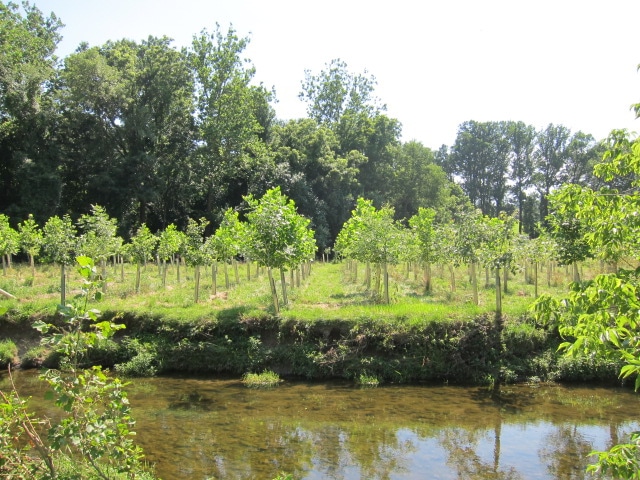
Stroud Center Receives Foxwynd Foundation Grant to Gather Data on Impact of Watershed Restoration Efforts
